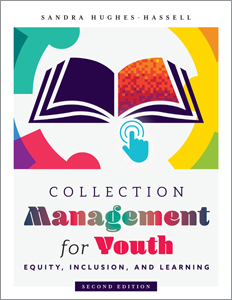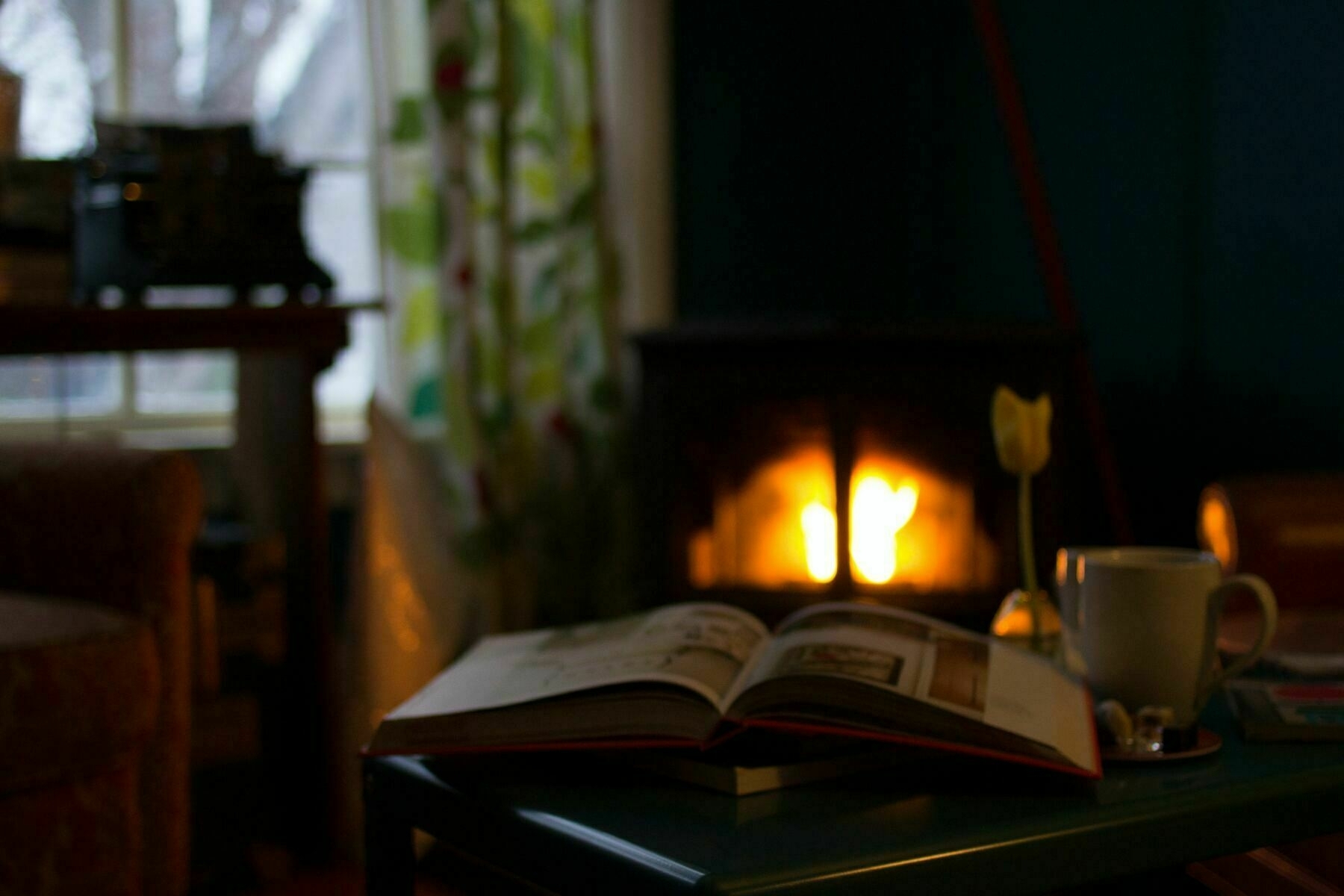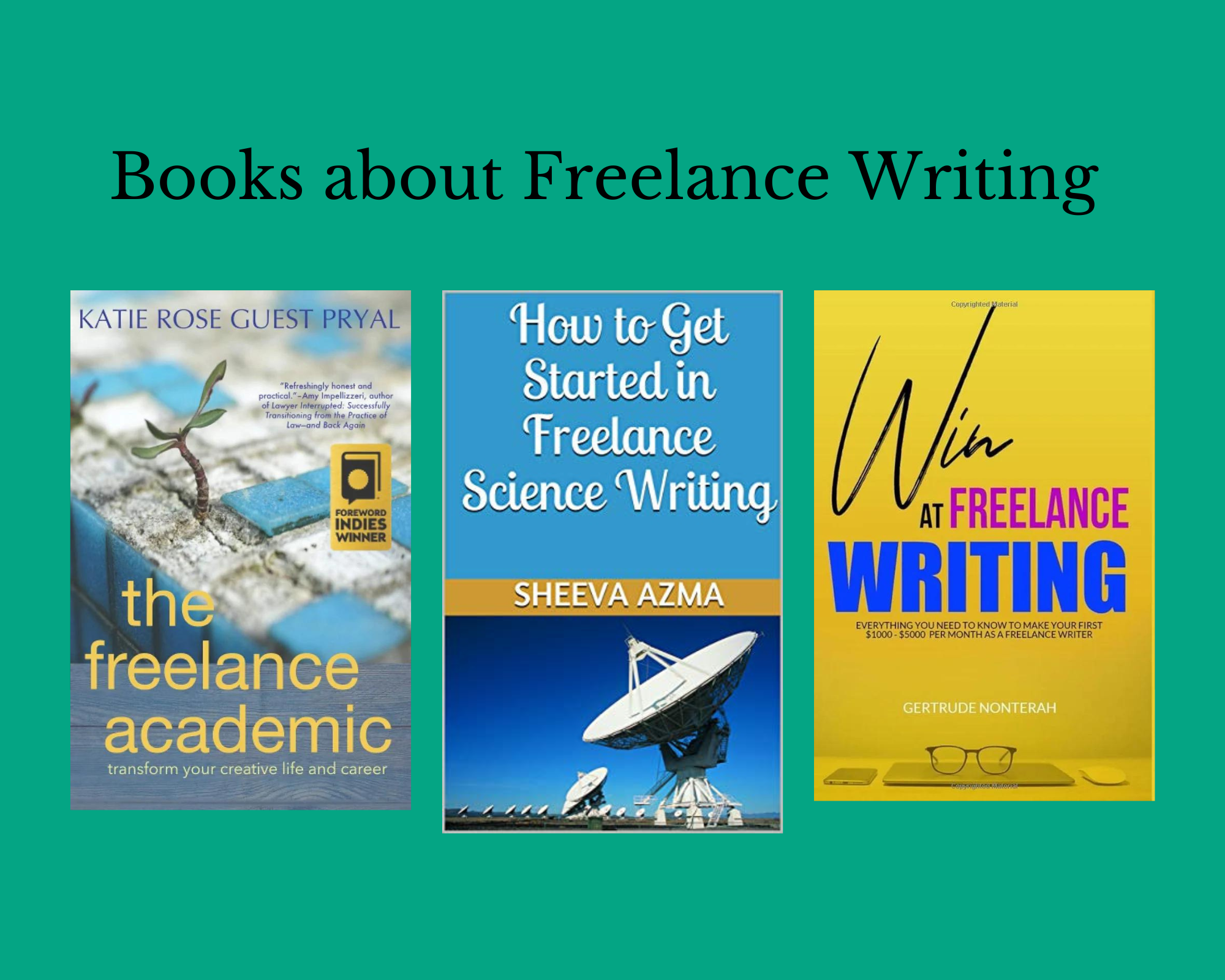I’m participating this year in AcWriMo, which is a month of focused academic writing work inspired by NaNoWriMo.
I’m doing this work with support from coach Katy Peplin at Thrive PhD and the AcWriMoments series stewarded by Margy Thomas and Helen Sword.
My current project is something I’m calling The Report: a culminating document sharing what we’ve learned over the course of the grant I’ve been working on with the Connected Learning Lab for the past couple of years.
My first draft was just a very straightforward recitation of the challenges library staff face when they try to implement connected learning and the strategies library staff experienced with connected learning have used to address those challenges.
After I shared that draft with my colleagues, we determined that the challenges and strategies should be integrated.
In trying to write the next draft, I found that all the pieces of the earlier draft were connected in ways that made it hard for me to parse out a linear way to write about them.
So I made a concept map and shared that with my colleagues, asking for their help in creating a structure for the next draft. One of my colleagues reorganized the concepts, creating a clear structure that I thought would work well for the next draft.
So I started the next draft. But as I was writing that, I found that the structure we’d determined for one section didn’t really make sense for that section. So I met with the colleague who has the strongest understanding of the work to talk through the idea of changing the structure of that one section.
After talking with her, I was able to get back to writing.
But all of this revision has been the opposite of flow. Every word felt like I was having to pull up a tree by the roots.
I tend to be a two-draft writer, one draft to get ideas out and then one to make it make sense. I love the feeling of breezily generating new text, something that usually happens after I’ve dug deep into a topic and created a solid and super-detailed outline.
I don’t like revising but if I want my work published anywhere besides my blog, I need to get okay with it.
This whole process has reminded me of the last time I had to revise like this. I banged out a draft of the discussion chapter of my dissertation over the course of one week in a dissertation bootcamp so intense that I couldn’t do much writing for the next two weeks because my brain was fried.
I sent that chapter off to my advisor and one other member of my committee and they came back with a gently worded statement that basically came to, there’s really not much here.
They weren’t wrong, and I wonder if I’d written on my own timeline if that chapter draft would have been better.
But I got through the hard work of revising and ended with a discussion chapter that makes me really proud.
I suppose the best way to get okay with something is to do it a lot, so… I should probably do a lot more revising.




